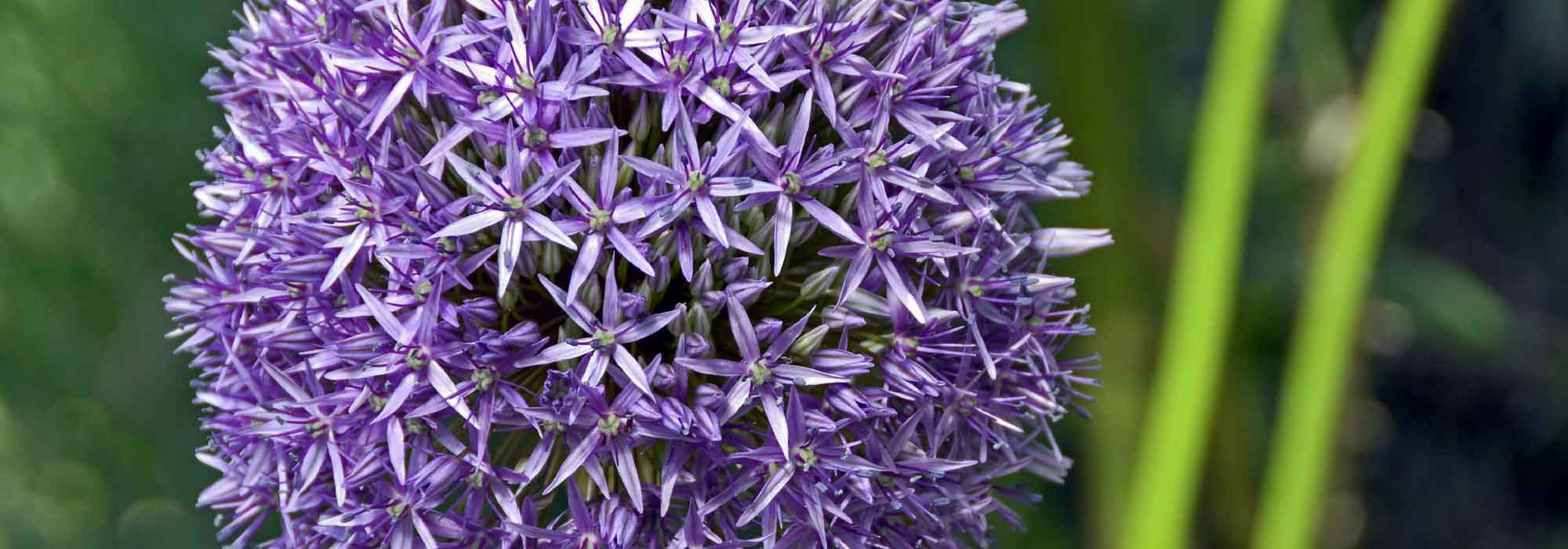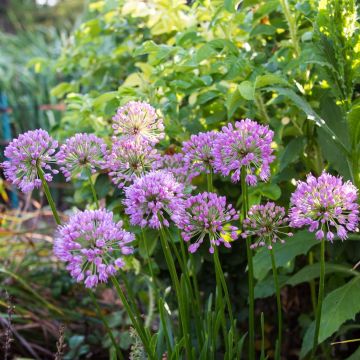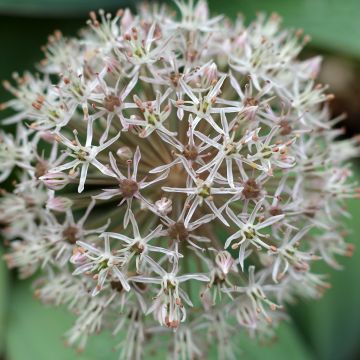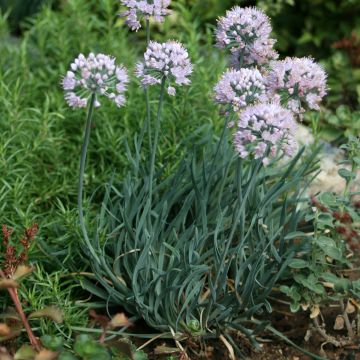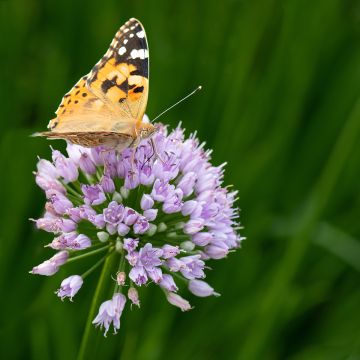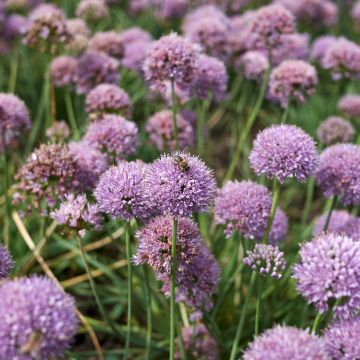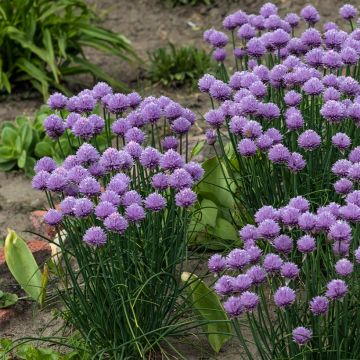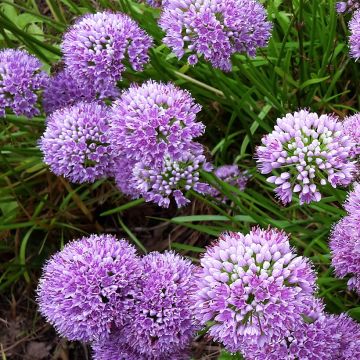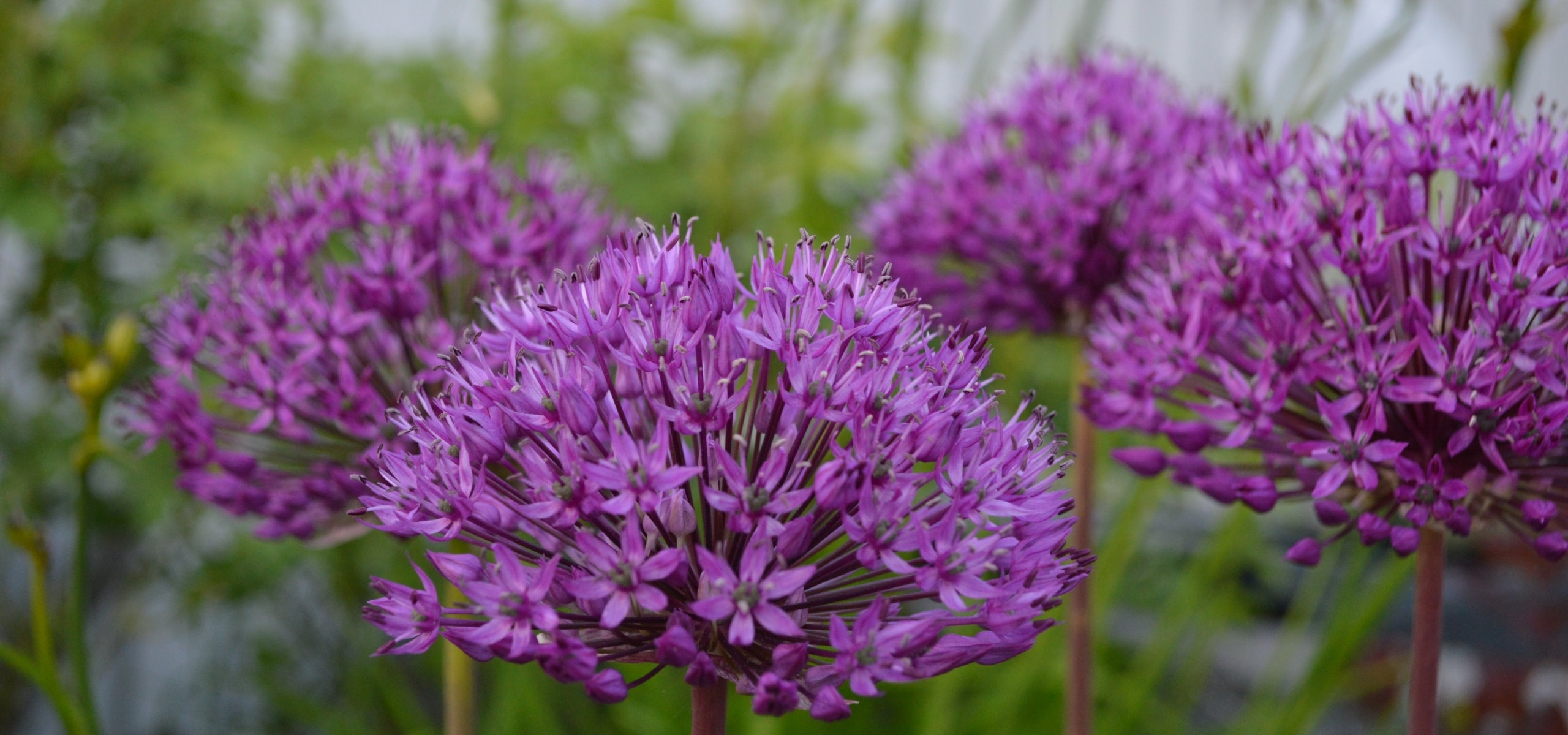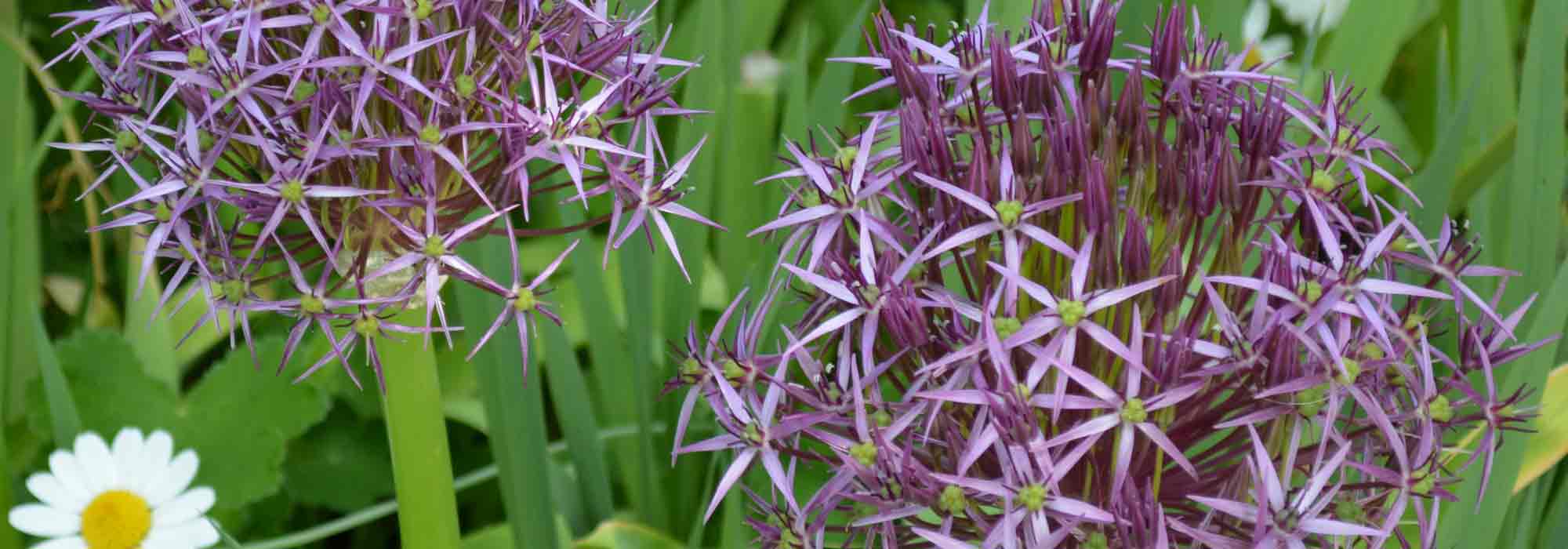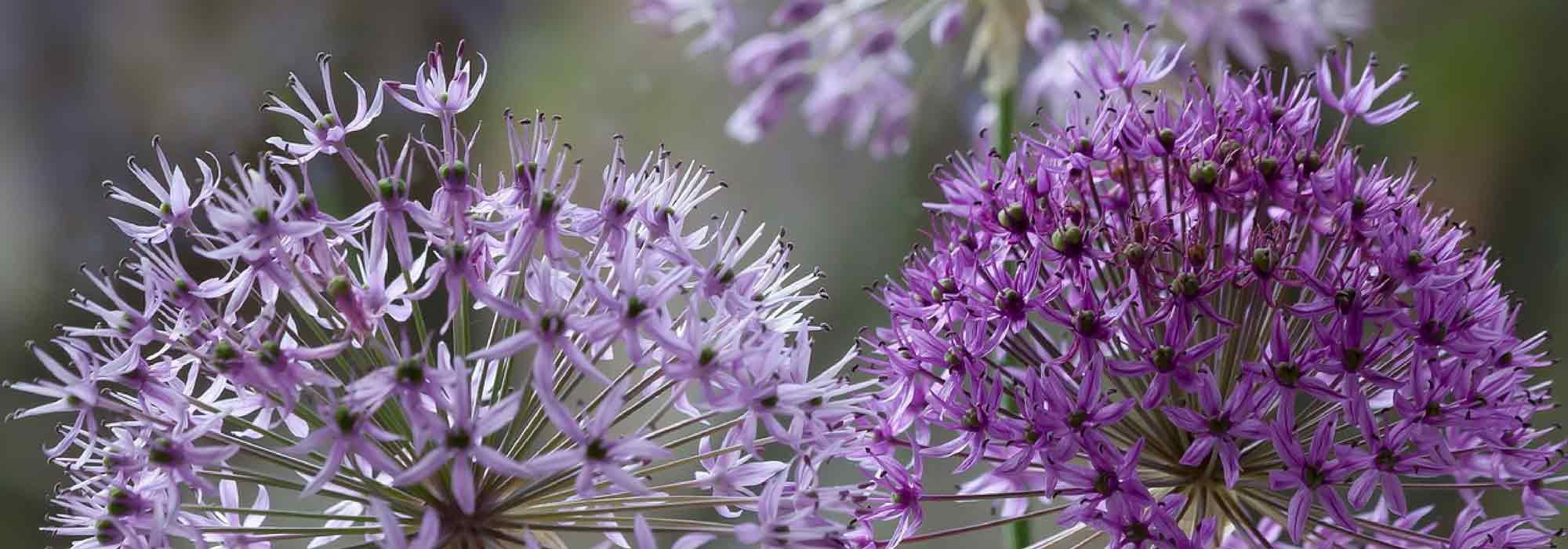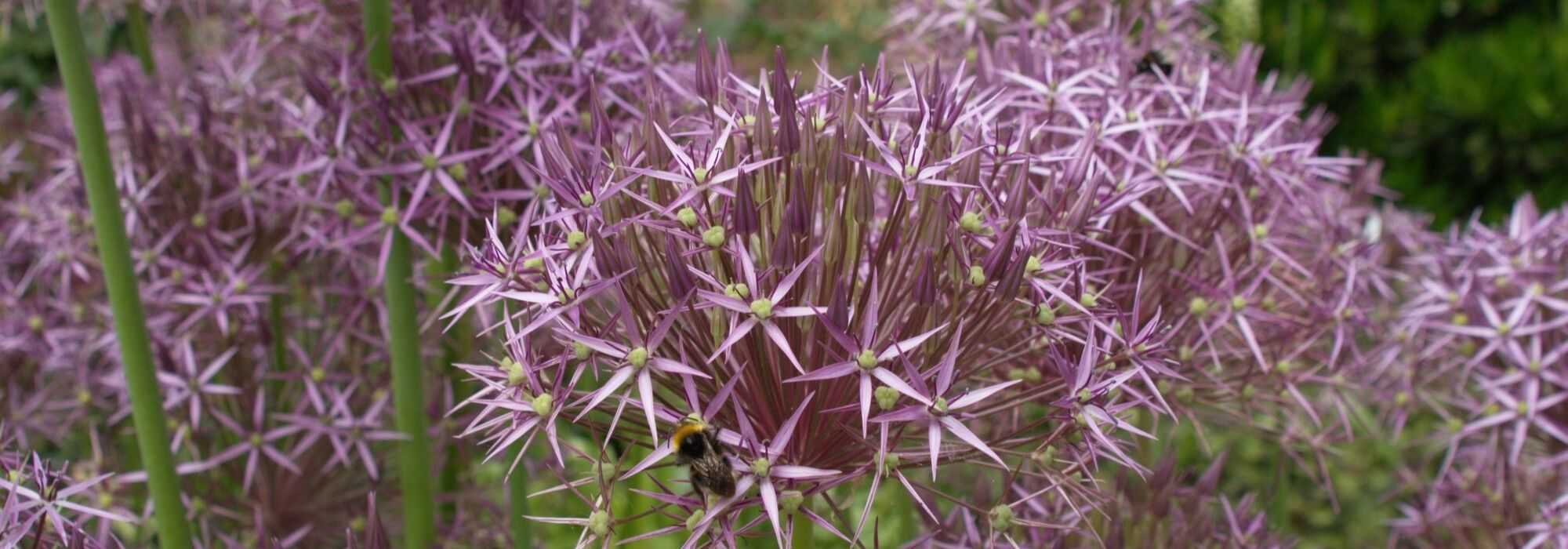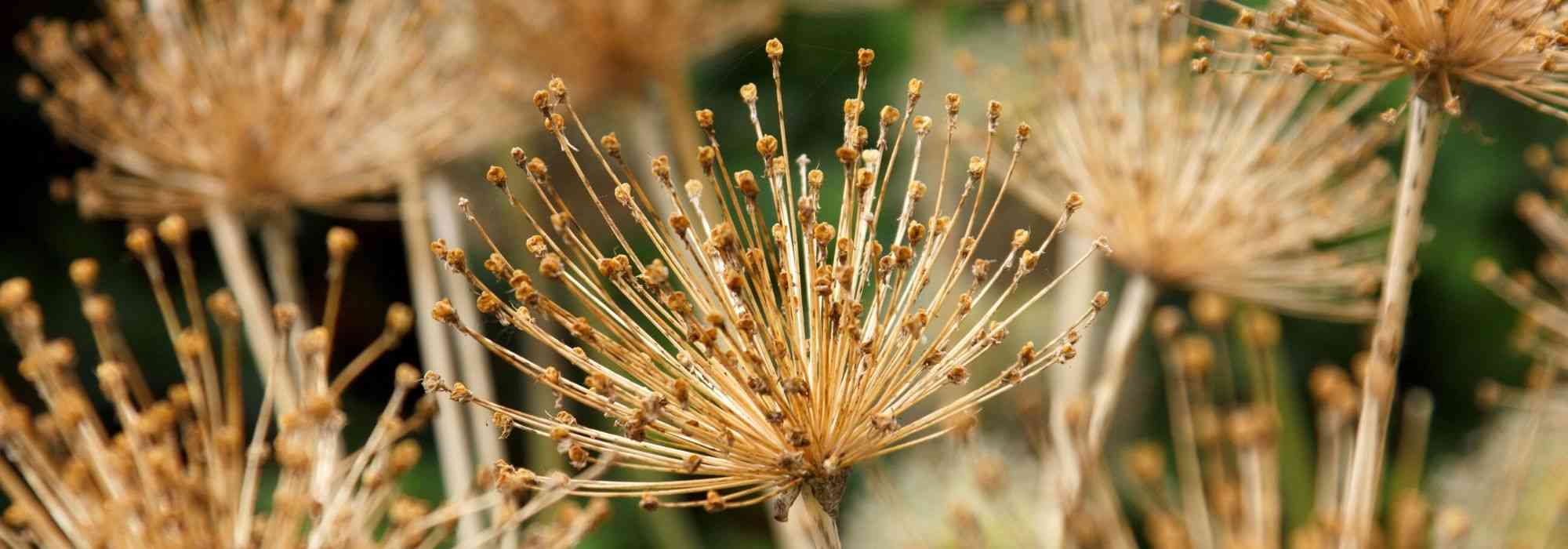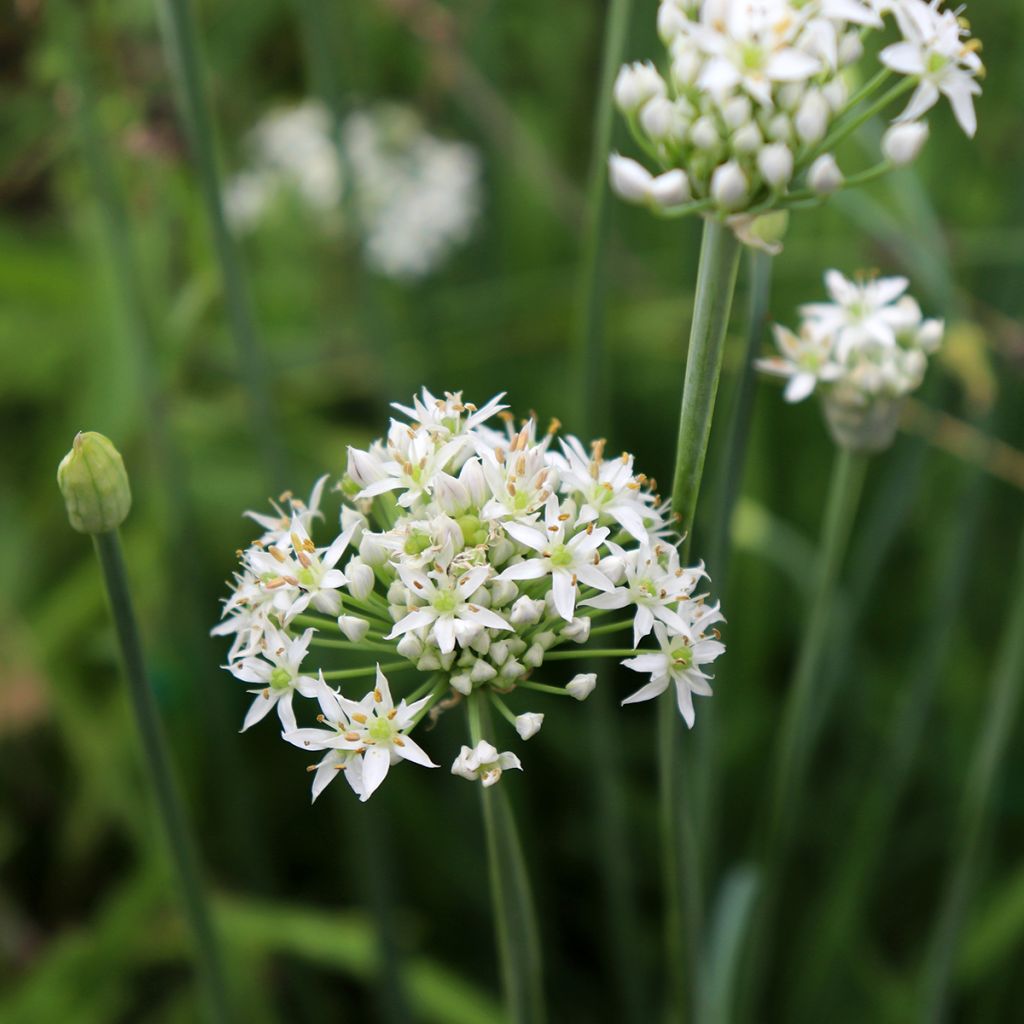

Garlic Chives Cliffs of Dover - Allium tuberosum
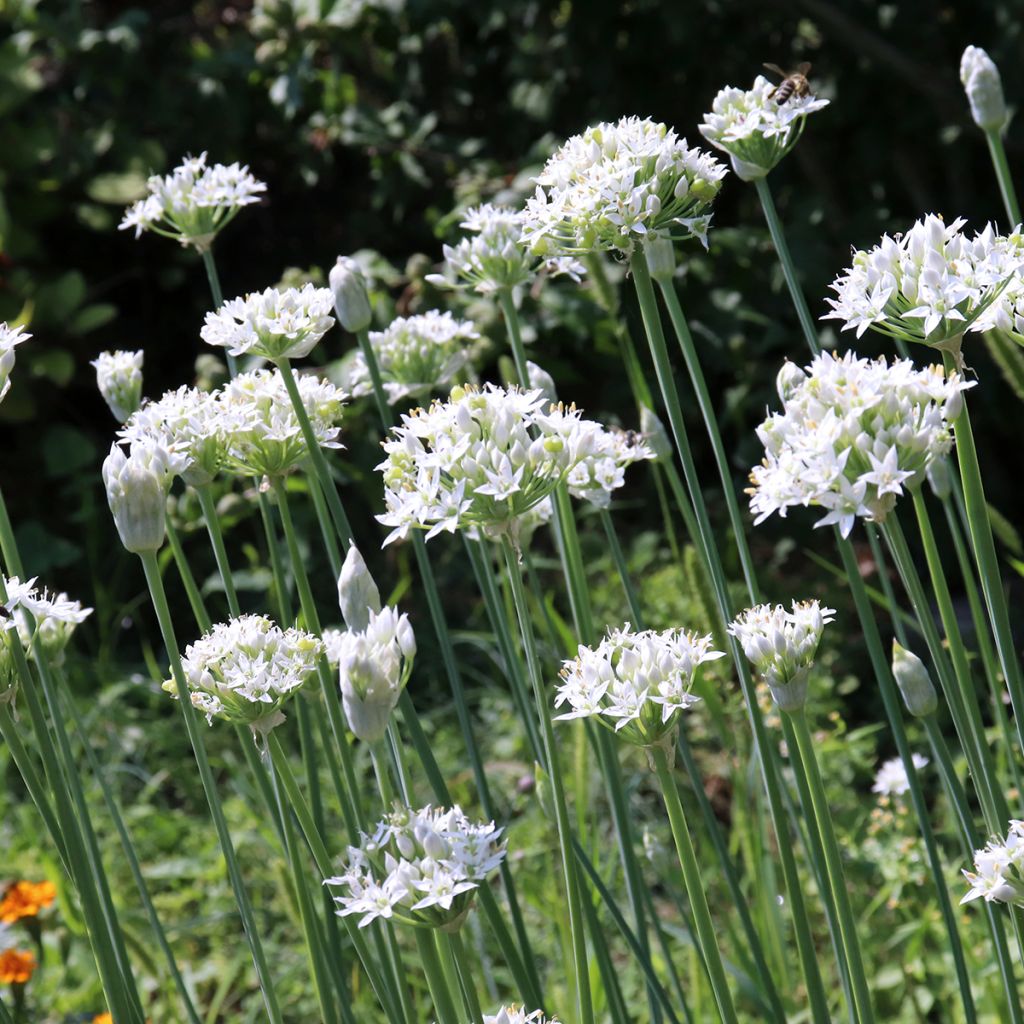

Garlic Chives Cliffs of Dover - Allium tuberosum
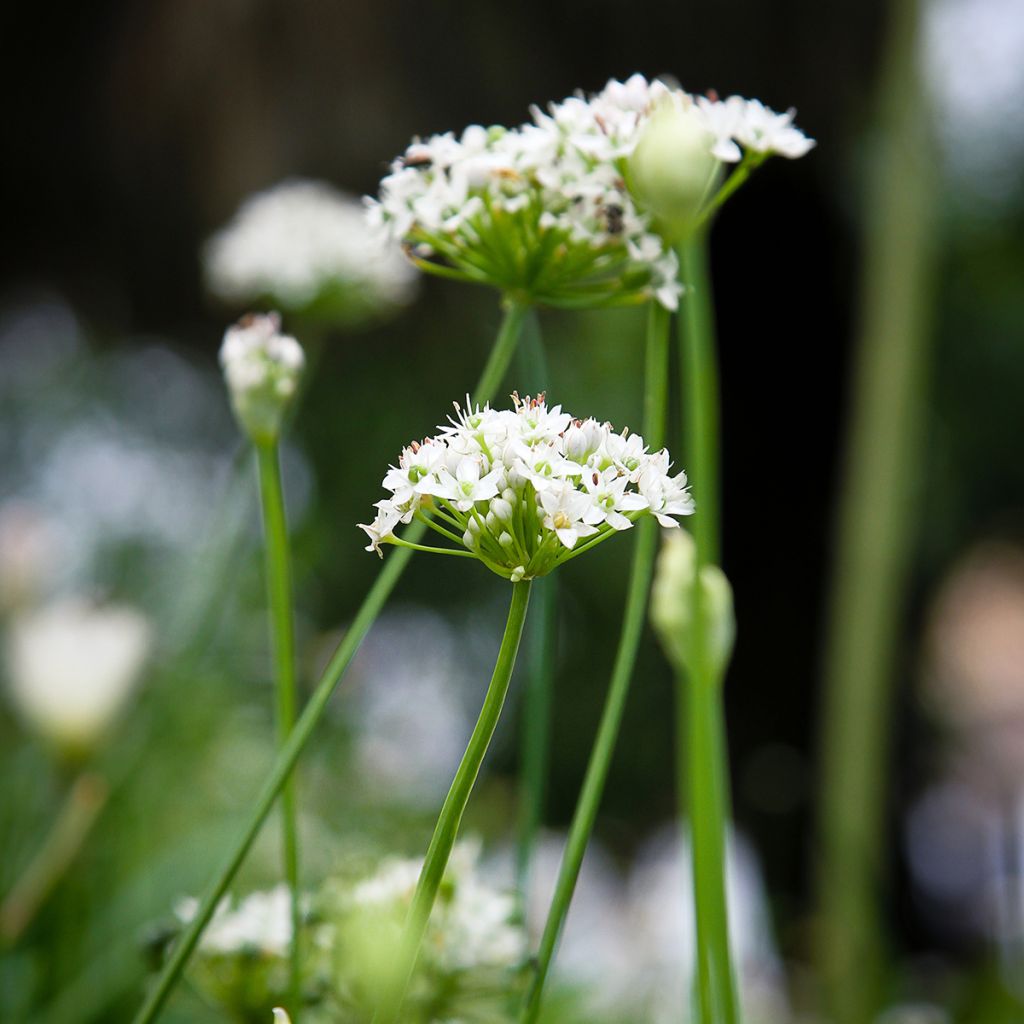

Garlic Chives Cliffs of Dover - Allium tuberosum
Garlic Chives Cliffs of Dover - Allium tuberosum
Allium tuberosum Cliffs of Dover 'Ifalcod'
Garlic Chives, Chinese Chives, Oriental Garlic, Chinese Leek
A very pretty plant that bloomed well last year and for a long time. Here, in February, the first leaves are already almost 10 cm long. It thrives where it is, and I am happy to see it flourishing surrounded by my other plants.
Nathalie , 18/02/2025
Special offer!
Receive a €20 voucher for any order over €90 (excluding delivery costs, credit notes, and plastic-free options)!
1- Add your favorite plants to your cart.
2- Once you have reached €90, confirm your order (you can even choose the delivery date!).
3- As soon as your order is shipped, you will receive an email containing your voucher code, valid for 3 months (90 days).
Your voucher is unique and can only be used once, for any order with a minimum value of €20, excluding delivery costs.
Can be combined with other current offers, non-divisible and non-refundable.
Home or relay delivery (depending on size and destination)
Schedule delivery date,
and select date in basket
This plant carries a 6 months recovery warranty
More information
We guarantee the quality of our plants for a full growing cycle, and will replace at our expense any plant that fails to recover under normal climatic and planting conditions.
Would this plant suit my garden?
Set up your Plantfit profile →
Description
Allium tuberosum Cliffs of Dover is an horticultural selection closely related to Chinese Chives, also known as Chinese Leek or Garlic Chives. This lovely bulbous plant has a more generous summer flowering than its humble vegetable garden cousin and develops delightfully aromatic foliage. Its leaves can be enjoyed raw, finely chopped in salads or added to omelettes and soups. The white star-shaped flowers can also be consumed. Useful for pollinating insects, decorative in the garden, delicious and fragrant, this garlic is easily grown in fertile, humus-rich, well-drained soil that is not too dry in summer.
Allium Cliffs of Dover belongs to the Liliaceae family, like garlic, onions, and shallots. This herbaceous plant, perennial by its bulb, reaches approximately 50cm (20in) in height when flowering. It closely resembles chives, but it is taller. Its foliage emerges in spring and dries up in autumn. Flowering occurs from July to September. The small, fragrant white flowers are grouped in globular umbels with a diameter of 5cm (2in). They are a valuable source of food for bees and other butterflies. The leaves are long, narrow, flat, with smooth edges and a rounded tip. Their colour is dark green. They have a subtle, mild garlic aroma.
This lovely aromatic plant can be grown in the vegetable garden or as a border plant, sometimes in a pot. Like other ornamental garlics, 'Cliffs of Dover' pairs well with many perennial plants (geraniums, catnips, oriental poppies, lavenders, sages...). Used as a seasoning plant, it should only be cultivated for two or three years, as beyond that it tends to exhaust itself and become less productive. Its mild flavour, resembling garlic, suits many dishes, especially Asian cuisine. But it is also used in Western cuisine to flavour salads, soups, etc. The white flowers are used to decorate dishes and provide a hint of garlic.
Harvest: Leaf harvesting extends over a long period, from late spring to autumn. Simply cut the leaves at the base of the clump with scissors. Regular harvesting stimulates foliage renewal but depletes the plant's reserves in the medium term. Flowers can be harvested in August-September.
Storage: Leaves can be stored for a few days in the refrigerator or for a few months by drying or freezing. However, to fully enjoy the flavour, it is preferable to consume them freshly picked.
Garlic Chives Cliffs of Dover - Allium tuberosum in pictures
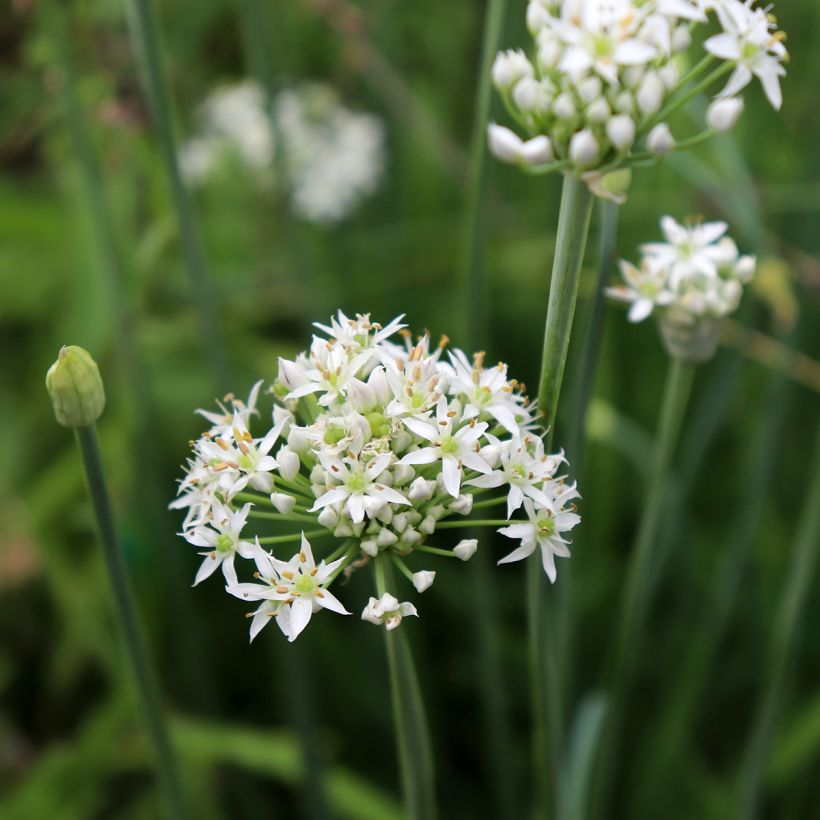

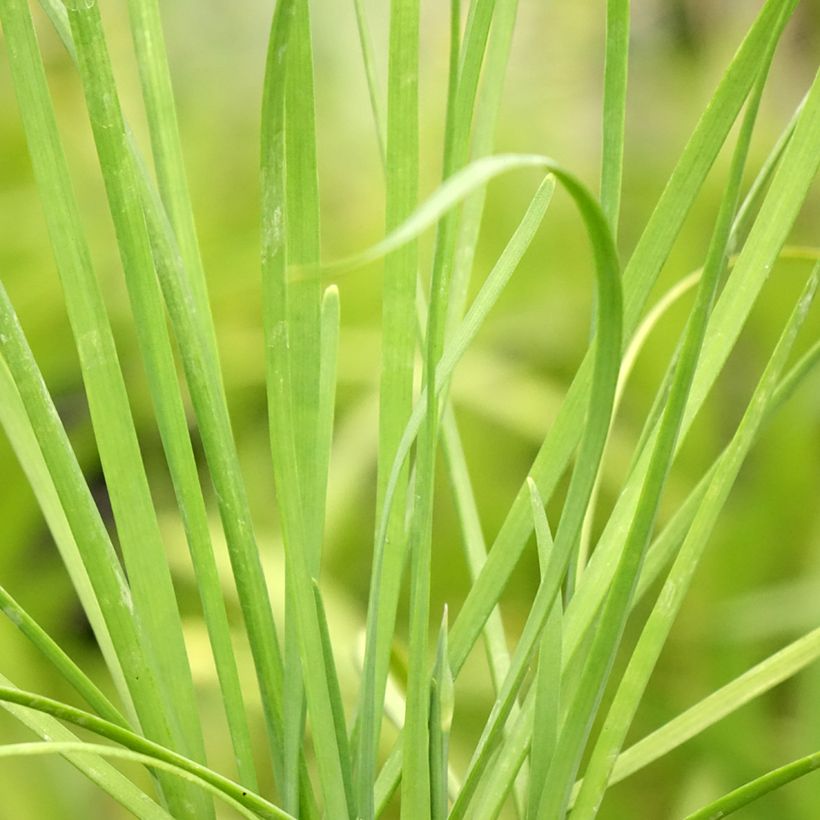

Plant habit
Flowering
Foliage
Botanical data
Allium
tuberosum
Cliffs of Dover 'Ifalcod'
Alliaceae - Liliaceae
Garlic Chives, Chinese Chives, Oriental Garlic, Chinese Leek
Cultivar or hybrid
Other Allium
View all →Planting and care
Allium tuberosum Cliffs of Dover is grown like scallions and chives. It thrives in the sun, in rather rich, humus-bearing, well-drained soil that doesn't dry out too much in summer. If compost is needed, it should preferably be applied in autumn, in the form of well-rotted compost (no manure), by scratching it into the soil to a depth of 5 cm (2in), after loosening the soil as for any vegetable cultivation. We recommend planting Chinese chives in different areas of the garden: in the sun for spring harvests and in partial shade for summer harvests. In the vegetable garden, it enjoys being planted next to carrots (protection against flies), but doesn't appreciate being next to legumes from the Fabaceae family (beans, peas, fava beans). Chinese chives can also be grown in pots.
Planting takes place in spring, from March to May, or in autumn, in September-October. The plants should be spaced 30 cm (12in) apart in all directions. Loosen the soil deeply. Dig a hole (3 times the volume of the root ball), insert the root ball, and cover with soil. Firmly press down and water to keep the soil moist.
Propogating Chinese chives is very easy. It is done by dividing the clump, from March to May and then from September to October.
Planting period
Intended location
Care
Planting & care advice
-
, onOrder confirmed
Reply from on Promesse de fleurs
Haven't found what you were looking for?
Hardiness is the lowest winter temperature a plant can endure without suffering serious damage or even dying. However, hardiness is affected by location (a sheltered area, such as a patio), protection (winter cover) and soil type (hardiness is improved by well-drained soil).

Photo Sharing Terms & Conditions
In order to encourage gardeners to interact and share their experiences, Promesse de fleurs offers various media enabling content to be uploaded onto its Site - in particular via the ‘Photo sharing’ module.
The User agrees to refrain from:
- Posting any content that is illegal, prejudicial, insulting, racist, inciteful to hatred, revisionist, contrary to public decency, that infringes on privacy or on the privacy rights of third parties, in particular the publicity rights of persons and goods, intellectual property rights, or the right to privacy.
- Submitting content on behalf of a third party;
- Impersonate the identity of a third party and/or publish any personal information about a third party;
In general, the User undertakes to refrain from any unethical behaviour.
All Content (in particular text, comments, files, images, photos, videos, creative works, etc.), which may be subject to property or intellectual property rights, image or other private rights, shall remain the property of the User, subject to the limited rights granted by the terms of the licence granted by Promesse de fleurs as stated below. Users are at liberty to publish or not to publish such Content on the Site, notably via the ‘Photo Sharing’ facility, and accept that this Content shall be made public and freely accessible, notably on the Internet.
Users further acknowledge, undertake to have ,and guarantee that they hold all necessary rights and permissions to publish such material on the Site, in particular with regard to the legislation in force pertaining to any privacy, property, intellectual property, image, or contractual rights, or rights of any other nature. By publishing such Content on the Site, Users acknowledge accepting full liability as publishers of the Content within the meaning of the law, and grant Promesse de fleurs, free of charge, an inclusive, worldwide licence for the said Content for the entire duration of its publication, including all reproduction, representation, up/downloading, displaying, performing, transmission, and storage rights.
Users also grant permission for their name to be linked to the Content and accept that this link may not always be made available.
By engaging in posting material, Users consent to their Content becoming automatically accessible on the Internet, in particular on other sites and/or blogs and/or web pages of the Promesse de fleurs site, including in particular social pages and the Promesse de fleurs catalogue.
Users may secure the removal of entrusted content free of charge by issuing a simple request via our contact form.
The flowering period indicated on our website applies to countries and regions located in USDA zone 8 (France, the United Kingdom, Ireland, the Netherlands, etc.)
It will vary according to where you live:
- In zones 9 to 10 (Italy, Spain, Greece, etc.), flowering will occur about 2 to 4 weeks earlier.
- In zones 6 to 7 (Germany, Poland, Slovenia, and lower mountainous regions), flowering will be delayed by 2 to 3 weeks.
- In zone 5 (Central Europe, Scandinavia), blooming will be delayed by 3 to 5 weeks.
In temperate climates, pruning of spring-flowering shrubs (forsythia, spireas, etc.) should be done just after flowering.
Pruning of summer-flowering shrubs (Indian Lilac, Perovskia, etc.) can be done in winter or spring.
In cold regions as well as with frost-sensitive plants, avoid pruning too early when severe frosts may still occur.
The planting period indicated on our website applies to countries and regions located in USDA zone 8 (France, United Kingdom, Ireland, Netherlands).
It will vary according to where you live:
- In Mediterranean zones (Marseille, Madrid, Milan, etc.), autumn and winter are the best planting periods.
- In continental zones (Strasbourg, Munich, Vienna, etc.), delay planting by 2 to 3 weeks in spring and bring it forward by 2 to 4 weeks in autumn.
- In mountainous regions (the Alps, Pyrenees, Carpathians, etc.), it is best to plant in late spring (May-June) or late summer (August-September).
The harvesting period indicated on our website applies to countries and regions in USDA zone 8 (France, England, Ireland, the Netherlands).
In colder areas (Scandinavia, Poland, Austria...) fruit and vegetable harvests are likely to be delayed by 3-4 weeks.
In warmer areas (Italy, Spain, Greece, etc.), harvesting will probably take place earlier, depending on weather conditions.
The sowing periods indicated on our website apply to countries and regions within USDA Zone 8 (France, UK, Ireland, Netherlands).
In colder areas (Scandinavia, Poland, Austria...), delay any outdoor sowing by 3-4 weeks, or sow under glass.
In warmer climes (Italy, Spain, Greece, etc.), bring outdoor sowing forward by a few weeks.






























